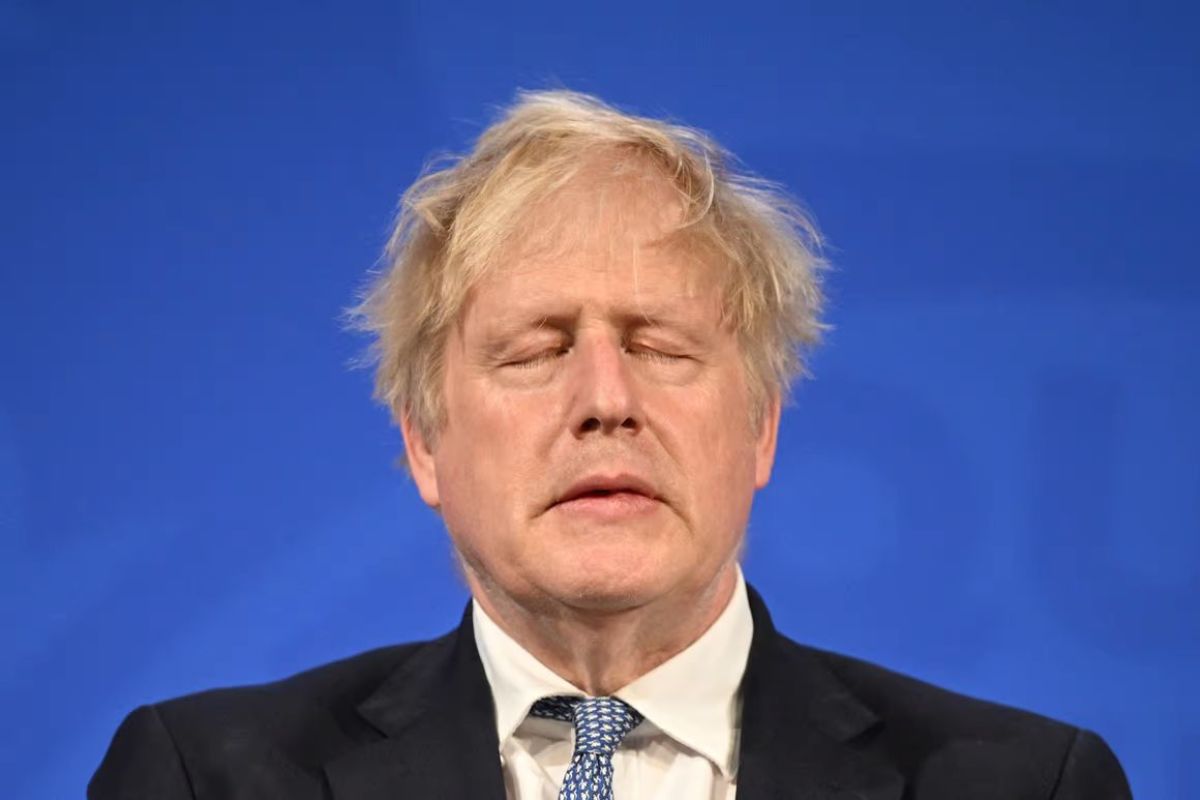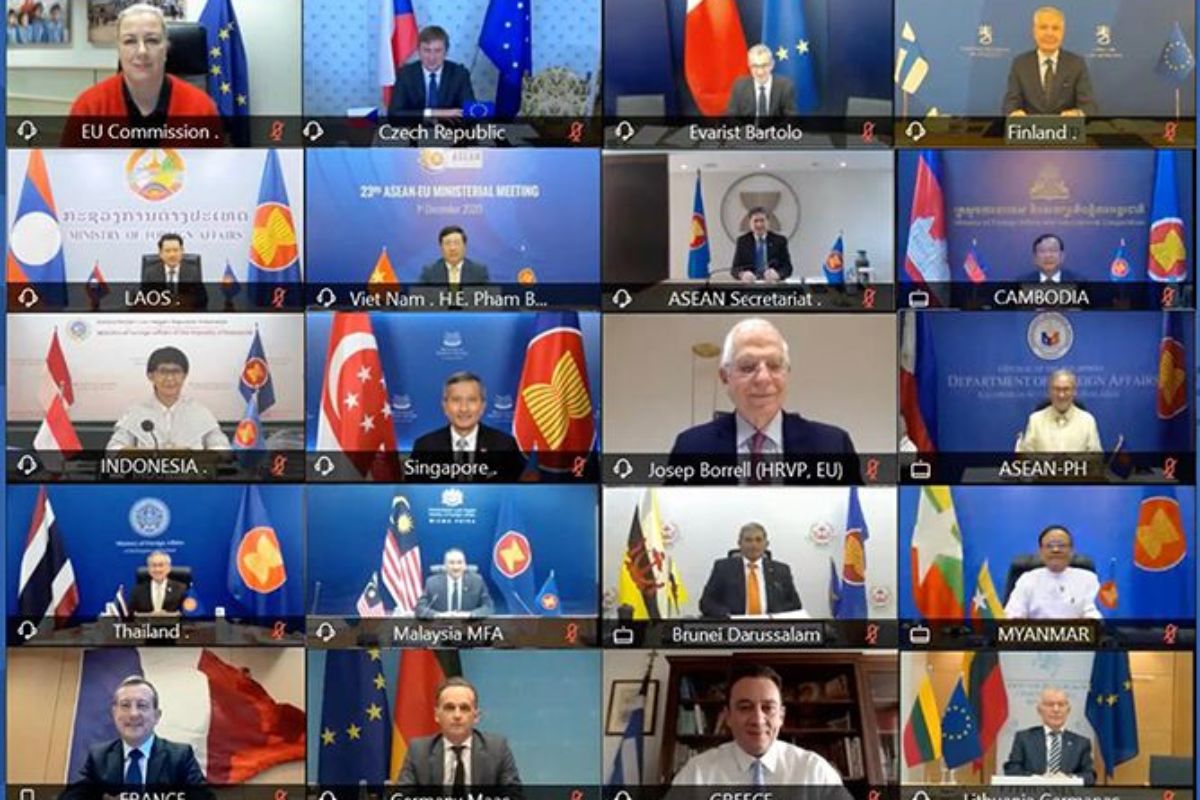The Trade and Cooperation Agreement between the EU and the UK is an exercise in damage limitation. The UK’s decision to leave the EU, the Customs Union and the Single Market, means it will face numerous obstacles. However, it was in nobody’s interest to add to these obstacles, and that was the spirit in which the EU approached the negotiation.
The Agreement may run to 1,256 pages, but it boils down to some fairly simple and sensible ideas. Although it is no longer a member of the EU, the UK still wants to do business with the EU, and the EU members still want to do business with the UK. So, for the future, there needs to be a system for ensuring that there are no surprises, or unfair trading, that would disrupt mutually beneficial business. This is essentially what the Agreement is all about.
While the UK was a member of the EU, that goal was achieved by having a common set of business rules, made democratically and together, and interpreted in a consistent way by the European Court of Justice (ECJ). These rules could be enforced in national courts. In other words, the goal of predictable and fair business conditions between the UK and its fellow EU members was achieved directly by common action.
New understandings
Under the new Agreement, the same goal will be pursued, but indirectly. As far as trade between the EU and the UK is concerned, those common rules, made and interpreted in common, will be replaced by understandings. These understandings, now to be enshrined in international law through the Agreement, will have legal force, but will generally only be enforceable under the procedures set out in the Agreement.
While the EU and the UK will each be free to determine their own policies on the environment, social and working conditions, and subsidy controls, Article 9.4 of the Agreement allows for ‘rebalancing’ measures to be taken by the other side if it feels its own businesses are being put at a disadvantage. This is supposed to restore the level in the level playing field.
Most of the text of the Agreement is taken up with procedures for resolving disputes. Matters currently resolved in national courts under EU law will have to be settled by political agreement in one of the myriad of committees set up under the Agreement. This is inherently more cumbersome.
If the issue cannot be settled in this way, it will go to arbitration. Instead of the interpretation being done by Judges of the ECJ, an Arbitration Tribunal set up under the Agreement will have to interpret the principles in specific cases in the light of both EU and UK law. As such, arbiters will have not only a legal but also a political task.
Arbitration: the core idea
An Arbitration Tribunal will consist of three people, chosen from lists of qualified arbitrators. One will be chosen by the UK and one by the EU, and the Chair of the Tribunal has to be someone who is not from the EU or the UK.
To qualify for appointment, an arbitrator will need to have “demonstrated expertise in law and international trade”. They will all have to be people “whose independence is beyond doubt”. They will serve in their individual capacities, and not take instructions from anyone. They will have to be people who would qualify as judges in their home countries.
Most likely there will be a lot of intense haggling over the composition of particular Arbitration Tribunals. The nationality of the arbitrators and their past records will be scrutinised by the governments most affected by the issues in dispute. The idea that the chair must come from outside either the EU or the UK may prove difficult in practice. It will not always be easy to find suitable chairs who are neither British nor EU citizens, especially as the work will have to be done at short notice and under tight time limits.
There are detailed provisions in the Agreement to prevent stalling by either the EU or the UK in appointing Arbitrators. Once established, the Tribunals will have to deliver their ruling within 130 days. Within 30 days from this, the affected party will have to say how they will comply with the ruling.
This entire structure of dispute resolution will be presided over by a Partnership Council to be chaired jointly by a UK Minister and an EU Commissioner. It will be assisted by over 20 specialised committees and a number of working groups, all of which are listed in Title III of the Agreement.
Even more meetings than before!
There will be even more EU-related meetings for UK officials than in the past. However, the dynamic will be different. Instead of being able to build alliances on particular topics with other EU member states, in future the UK will find itself alone in the room with the European Commission.
Moreover, the Commission side will have instructions, negotiated in advance with the 27 member states, so there will be a high degree of rigidity in the process. As the EU member state most affected by relations between the UK and the EU, this will be a particular challenge for Ireland. Cultivating an understanding with the Commission officials serving on these committees will be a priority.
Parting company gradually
Brexit may be over and done with, but the forces that led to it – identity politics and suspicion of foreigners – have not gone away. No longer in the EU, and notwithstanding the provisions of the Agreement, the UK will encounter significant extra bureaucracy and uncertainty in doing business with the EU.
This will lead to a gradual divergence between the UK and all its European neighbours. That, in turn, will have cultural and political effects. The UK, and the EU states including Ireland will, so to speak, be mixing in different company. They will increasingly be seeing the world from diverging angles of vision, and issues that were previously depoliticised will become more political.






































